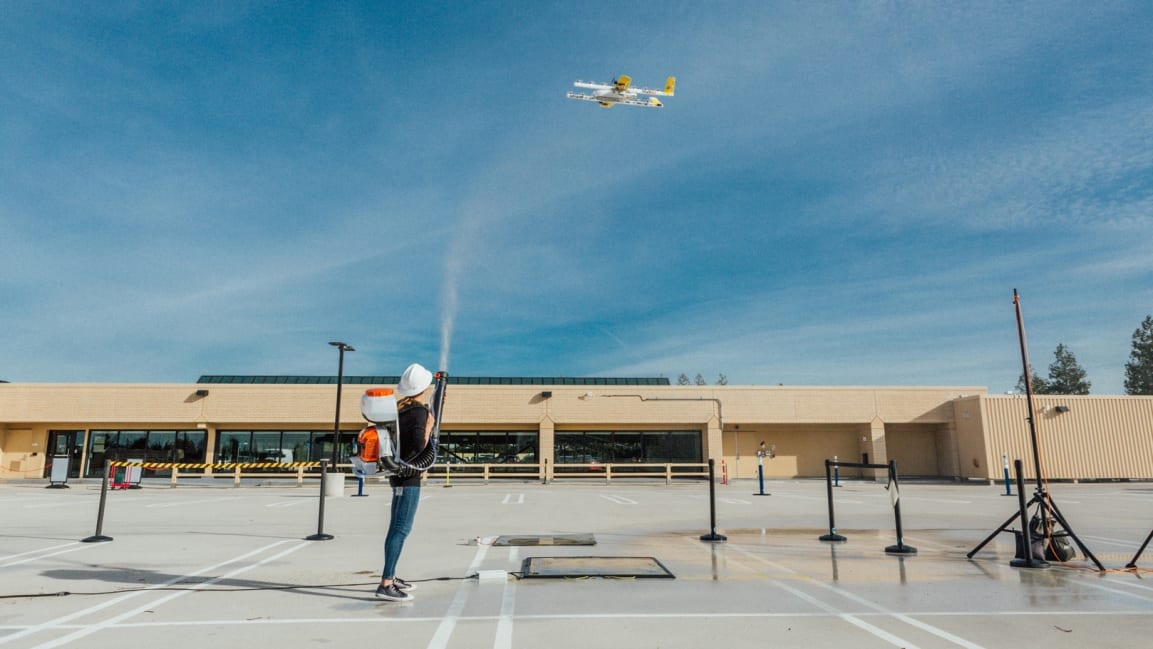How to unleash creativity on the world’s biggest problems, from Alphabet’s moonshot division
A decade ago, what was then Google (now Alphabet) launched X as a factory for radical ideas—a place designed to create breakthrough technologies that solve enormous problems. It’s since spun out projects such as Wing, a drone delivery company that aims to cut traffic and emissions, Loon, a network of high-flying balloons that can provide internet coverage in remote areas or after disasters, and Verily, which works on projects such as making mosquitoes sterile to stop the spread of diseases such as Zika and dengue.
The organization argues that solving the biggest global challenges requires something different than the standard, incremental corporate approach to innovation. “What that usually translates into is some progress,” X chief Astro Teller tells Fast Company. “If you’re unlucky, it’s a ladder to the moon. If you’re lucky, you might climb a fairly tall mountain. But you’re not going to build a rocket ship that way.”

“Incremental work solidifies our acceptance of the assumption that went before us,” he says. “And once you buy into those assumptions, and you try to do mildly better than the people who went before you, you need to either spend way more money than them to make meaningful progress or be way smarter than them. Neither of those is a particularly good bet. On the other hand, if you’re willing to take a big step backward and break some of the assumptions that are seen as foundational to how the problem ought to be understood and solved, that’s scarier. It requires more audacity, boldness, more creativity, but the only real path to learning something that people hadn’t seen before.”
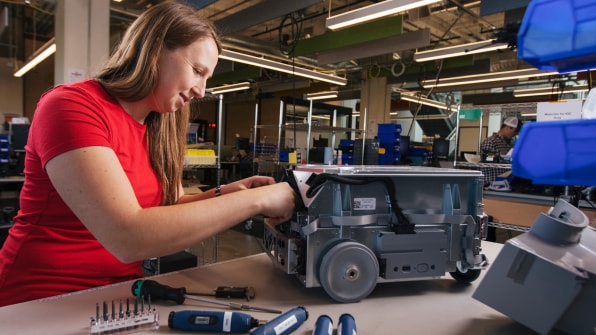
In a new Medium post, Teller lays out principles for other organizations that want to better use their team’s creativity to tackle large problems. One obvious challenge: Typical workplace culture trains people to restrain from sharing, or even thinking about, the type of wild ideas that X wants to incubate, and it reinforces bureaucracy and ideas about the way things “should” be done. “We’re told that our bosses don’t like surprises and we won’t seem professional if we say weird, crazy, ‘out there’ ideas,” he says. “And the prevailing culture in business is one of deep analysis and careful modeling of downsides before making big decisions. You can’t pre-business-plan a moonshot any more than you can paint a masterpiece via color-by-numbers given to you by a committee. It’s no surprise that our creative muscles have atrophied.”
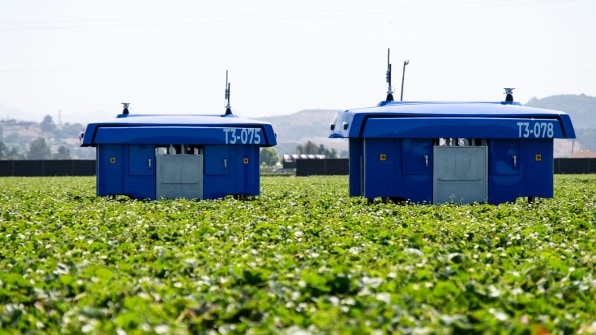
X works to continually reinforce a different culture from what you might expect at a large corporation such as Alphabet. In one recent meeting with a team working on something called a plant buggy—technology that can roll through agricultural fields capturing data from plants, to explore possible ways to use fewer chemicals or make plants more resilient to climate change—Teller made an off-the-wall suggestion. “I said, ‘What if you put things like speakers on the outside of the plant buggy that broadcast motivational speeches to the vegetables as you were rolling down the aisles?’ And they looked at me like I was nuts.” He doesn’t think that it will help the vegetables grow—but does believe that if the team spends time exploring and testing silly ideas like this, it can help “de-stifle” their thinking and lead to results that otherwise might not have happened.
In another meeting, as engineers were asked how cheaply a particular project could be built, they gave a figure based on the lowest cost of the materials. “Larry [Page] said, with a completely straight face, ‘Well, what if you made it out of corn?’” Teller says. “He didn’t actually mean you should make your robot out of corn. He was saying, You don’t realize you think you’re not in a box, but I just showed you a point way outside what you consider a reasonable space to be thinking. And that might be a silly point, but all of a sudden, you can see a little bit more clearly the box that you’re in.” There are thousands of examples like this, Teller says, that help encourage everyone on the team to spout crazy ideas themselves and constantly question the status quo.

[Photo: courtesy X]
But for all Teller’s lauding of the culture X has created, there have also been criticisms about what kinds of behavior it lets people get away with. The unit moved slowly to deal with an executive accused of sexual harassment in a major investigative piece in The New York Times. Another story reported that a contractor working on a drone project had collapsed from overwork. Teller wouldn’t speak about the specific incidents but acknowledges some failures in building a culture for everyone: “What we want is for this to be a place that feels safe and open and inviting for very different people to bring their full selves and their weirdest ideas to work with them. That’s what we’re protecting. Maybe we’re not doing it perfectly, but we’re working really hard to try to protect that.”
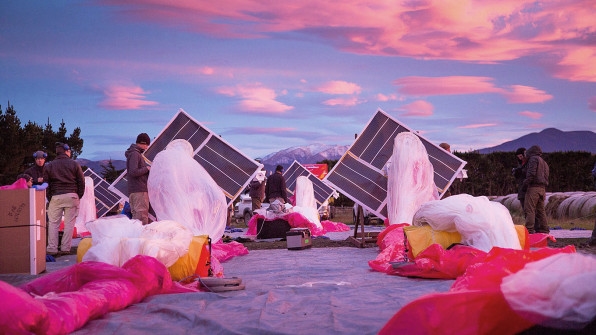
X aims to be “passionately dispassionate” and willing to give up on ideas that might be promising but are standing in the way of work on better opportunities, such as a carbon-neutral fuel made from seawater that worked but was ahead of its time. Another idea the team had prototyped, called “city snorkel,” a wearable designed to filter polluted air in a new way, was scrapped because the team decided that they should be thinking bigger—and focusing on how to stop pollution, not just how to mitigate it.
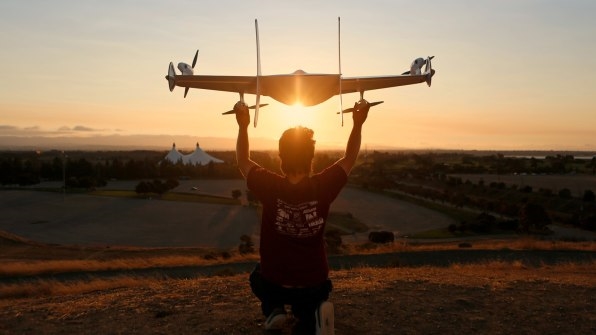
The company’s process of innovation is foreign to most businesses. “Even though they want the good parts of innovation, organizations are not wired to absorb the ambiguity that comes from having a bunch of experiments, the bulk of which turn up, ‘No, nothing under that rock,’” he says. But it’s the type of approach that’s necessary to get to truly big ideas. It also takes a willingness to dedicate time; the team typically pursues ideas that are 5 to 10 years away from realization, believing that’s the right amount of time to allow for true freedom to experiment. “If I give you six months to make the best car you can use, you’re not going to start over. It doesn’t make any sense. If I give you 15 years to make the best car you can, you might think very differently about it.”
The approach is important not only for finding more impactful solutions to big problems such as climate change but also for making money, he says. Teller says that he has condensed an hour-long speech that he used to give on innovation into 60 seconds, and it starts with asking executives to choose between two options: Would you rather add a million dollars of value to your business this year, guaranteed, or take a 1 in 100 chance of adding a billion dollars of value? Almost all pick the second choice, which has 10 times the expected utility of the first. But when asked if their organizations would support them in taking that risk, everyone says no. “Then I say, you don’t need a lecture on innovation,” Teller says. “You need a new manager.”
(36)


